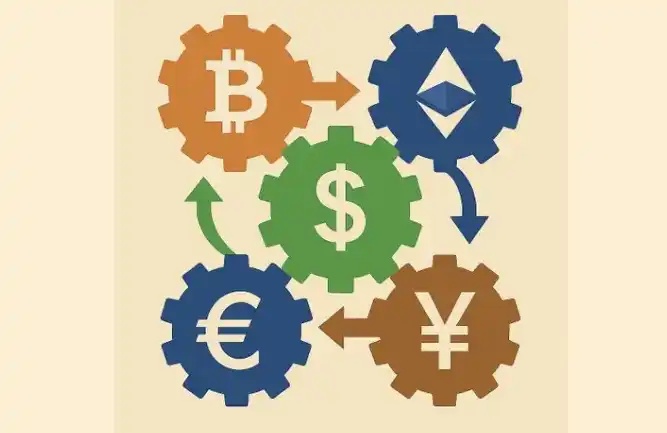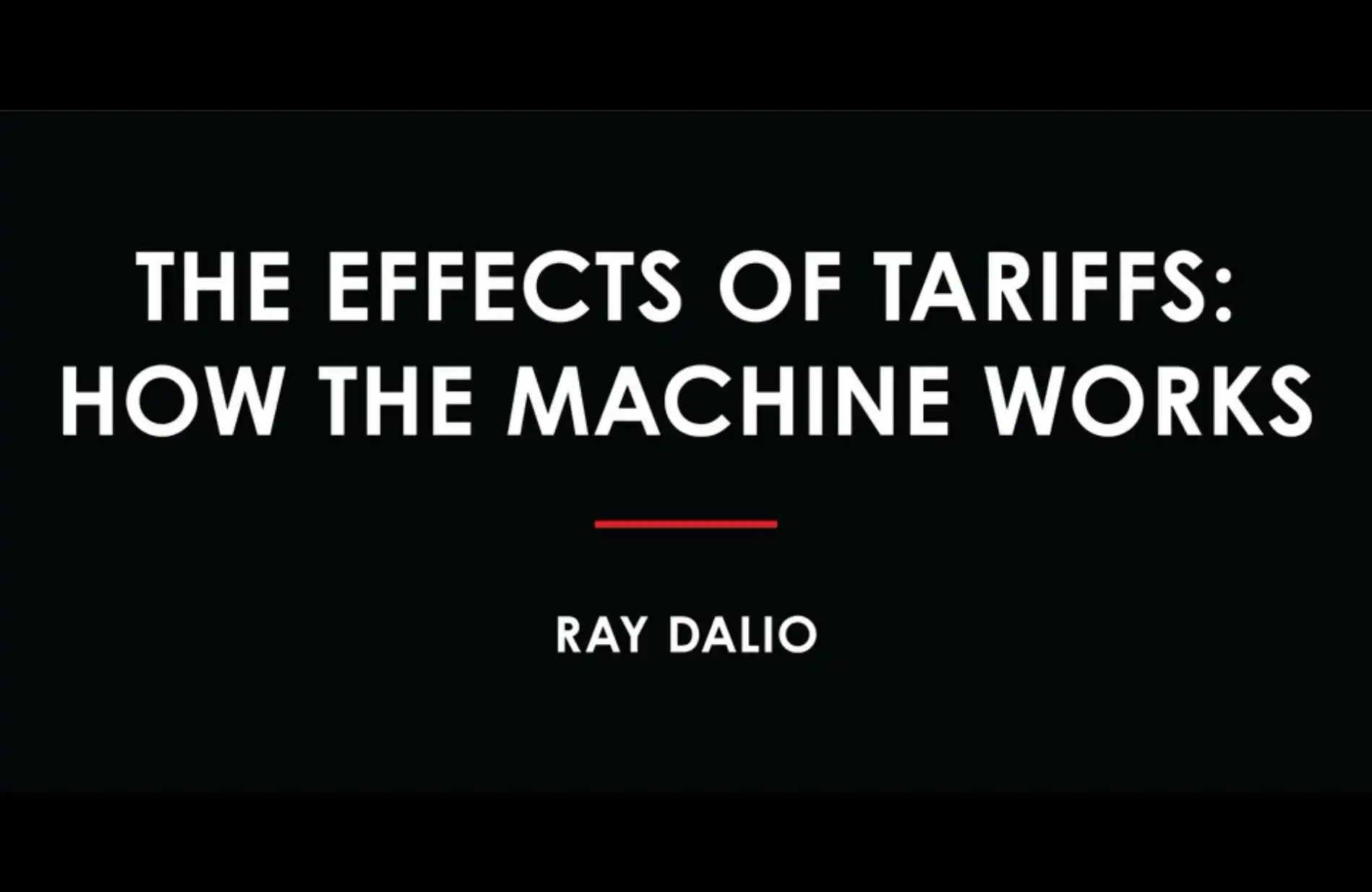The Dark Side: Uncovering Market Manipulation in Web3
Original source: SlowMist Technology
Web3.0 market and traditional financial market are derived from the same financial logic, so they are also subject to market manipulation. Many manipulation methods that plague stocks and other financial products, such as wash sales, panic creation, and pump and dump, also appear in the Web3.0 market. It is worth noting that due to the decentralized nature of the Web3.0 market and the lack of regulatory rules, these manipulation behaviors are more likely to succeed. Manipulators are behind the scenes and use a variety of means to manipulate prices for their own profit.
This article will explore the common manipulation methods in the Web3.0 market and analyze how these behaviors affect the entire industry. I hope that investors can better understand and distinguish market manipulation behaviors and protect their assets.
Common Manipulation Methods in Web3.0 Markets
Wash Trading
Wash trading is one of the most notorious market manipulation methods. Manipulators create the illusion of high trading volume by repeatedly buying and selling the same asset, exaggerating the trading situation of digital assets. This misleads investors into believing that the asset has high liquidity or value.
In 2019, a report by Bitwise Asset Management [1] stated that approximately 95% of Bitcoin trading volume on unregulated exchanges was forged through wash trading. This figure shows that a large part of digital asset trading activities may be driven by market manipulation rather than real market demand.
Spoofing
Spoofing is when a trader places one or more buy or sell orders for a particular asset (usually with a large share of the total pending orders) to create a false sense of demand or supply, thereby manipulating the depth of the market.
In other words, spoofing means that the manipulator places large buy and sell orders in the market without intending to trade in order to create a false sense of supply and demand. Through these false signals, the manipulator can cause price fluctuations and profit from market reactions.
Bear Raiding
Bear raiding is often used to maliciously drive down the price of an asset. Manipulators short or sell a large amount of an asset to trigger panic selling in the market, causing a chain reaction that leads to a continuous decline in prices.
Bear raiding usually occurs during periods of heightened market uncertainty, and manipulators further amplify market panic and prompt investors to sell their holdings. Therefore, this type of manipulation is particularly effective in a highly sensitive and volatile market environment such as the Web3.0 market, where any action could trigger an unexpected and significant price drop.
Fear-mongering (FUD)
FUD is the process of spreading negative or misleading information to create doubt and incite panic in the minds of market participants. Common FUDs include rumors of an impending government crackdown on crypto assets, fictitious news of exchange hacks, and exaggerated reports of project failures.
For example, JP Morgan Chase CEO Jamie Dimon once called Bitcoin a “scam”[2], and although his company later ventured into blockchain technology, this still caused market panic. Although this is not necessarily direct market manipulation, such public comments can lead to panic selling and price fluctuations.
Sell Wall Manipulation
Sell wall manipulation is when a manipulator places a large number of sell orders at a specific price level, forming a virtual “wall” to prevent the asset price from breaking through that level. These large orders may intimidate other traders, who may think that it is difficult to break through the price limit.
However, once the manipulators have purchased enough tokens at a lower price, they will withdraw their sell orders, causing the price to rise rapidly. This method is often used by market makers and high-frequency traders to accumulate assets at low prices.
Pump and Dump
Pump and dump is one of the oldest market manipulation methods. It artificially raises the price of an asset through coordinated buying (pumping the price) and then selling it after the price rises (selling the dump). This type of behavior is usually initiated by a group of traders or KOLs on social media, who hype low-liquidity tokens in private chat groups or social media to induce retail investors to buy. Once the price rises, the manipulators sell their holdings, leaving latecomers to take over and bear the losses.
In October 2024, the FBI launched Operation Token Mirror[3], creating a fake token, NexFundAI, to catch criminals committing fraud. The operation uncovered a $25 million pump-and-dump scheme in which traders manipulated the volume and price of tokens to lure unsuspecting investors. Once the price rose, the schemers dumped their holdings, causing the price to plummet. Ultimately, 18 manipulators were charged with market manipulation.
The Role of Market Makers
In Web3.0 markets, the role of market makers is to provide liquidity and market depth through continuous buy and sell orders to ensure smooth trading. However, some market makers use their positions to engage in manipulative behavior, especially wash trading and spoofing. Since they control a large amount of asset liquidity, these illegal market makers can manipulate prices for their own benefit, thereby affecting price trends.
While market makers play an important role in any trading ecosystem, the decentralized nature of Web3.0 markets and the lack of transparency in some areas give them more room to operate. As a result, regulators such as the U.S. Securities and Exchange Commission (SEC) have begun taking action against some Web3.0 companies in an attempt to curb such abuses. However, as of now, regulatory enforcement remains challenging.
How to prevent market manipulation
While market manipulation can be difficult to identify, doing the following can help you reduce your risk:
Research the background of the token: One of the easiest ways to avoid becoming a victim of pump and dump manipulation is to research the trading history of the token: for example, you can query the token's historical information through Skynet[4]. Tokens with only a few days or weeks of trading history are more risky because they have lower liquidity and are more likely to be selected for manipulation. Be particularly wary of sudden price spikes in new or illiquid tokens.
Choose an exchange with high transparency: Some exchanges have taken the initiative to curb market manipulation by increasing information transparency and reviewing trading volumes. These exchanges regularly monitor transactions and provide transparency reports to ensure that trading volumes are not artificially inflated. Choosing to use reputable exchanges that provide market security protections can help you reduce the risk of losses from market manipulation.
Stay vigilant and analyze carefully: Watch out for large orders that are suddenly withdrawn, surges in trading volume without reliable news support, and gossip without a credible source. Use tools such as blockchain explorers to help track transactions and verify the authenticity of surges in trading volume. In addition, try to avoid making impulsive investment decisions based solely on social media hot spots or rumors.
Building a safer future
As the Web3.0 market matures, the landscape of market manipulation may change significantly. Market evolution is inseparable from strengthened regulation. For example, the EU's latest Crypto-Assets Market Regulation (MiCA) [5] aims to provide a comprehensive regulatory framework for digital currencies, enhance transparency and protect investors. By addressing issues such as market manipulation and ensuring that exchanges operate fairly, MiCA provides an example of how regulation can promote trust and integrity in the Web3.0 ecosystem.
In addition, the rapid development of decentralized solutions is also paving the way for a safer trading environment. Decentralized financial (DeFi) platforms often use smart contracts, which automatically execute and ensure fair trading rules through contracts. These developments make the actions of manipulators easier to detect, thereby reducing the occurrence of market manipulation. As industry technology advances, the mechanisms to protect the market from manipulation are also constantly improving.
Although these regulatory frameworks and technologies are constantly improving and advancing, participants in the Web3.0 field still need to remain vigilant. Due to the dynamic nature of the market, market manipulation methods may change as quickly as in traditional markets. At all times, investors should carefully identify signs of manipulation and understand regulatory measures to better protect their assets and help the market move in a healthier and more transparent direction.
[1] https://cointelegraph.com/news/bitwise-calls-out-to-sec-95-of-bitcoin-trade-volume-is-fake-real-market-is-or
[2] https://coinbureau.com/education/what-is-fud/#an-example-of-crypto-fud
[4] https://skynet.certik.com/
[5] https://www.esma.europa.eu/esmas-activities/digital-finance-and-innovation/markets-crypto-assets-regulation-mica
Welcome to join the official BlockBeats community:
Telegram Subscription Group: https://t.me/theblockbeats
Telegram Discussion Group: https://t.me/BlockBeats_App
Official Twitter Account: https://twitter.com/BlockBeatsAsia
 Forum
Forum OPRR
OPRR Finance
Finance
 Specials
Specials
 On-chain Eco
On-chain Eco
 Entry
Entry
 Podcasts
Podcasts
 Data
Data

 Summarized by AI
Summarized by AI






